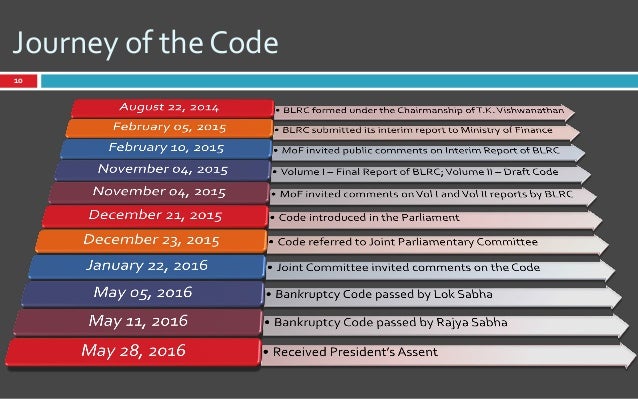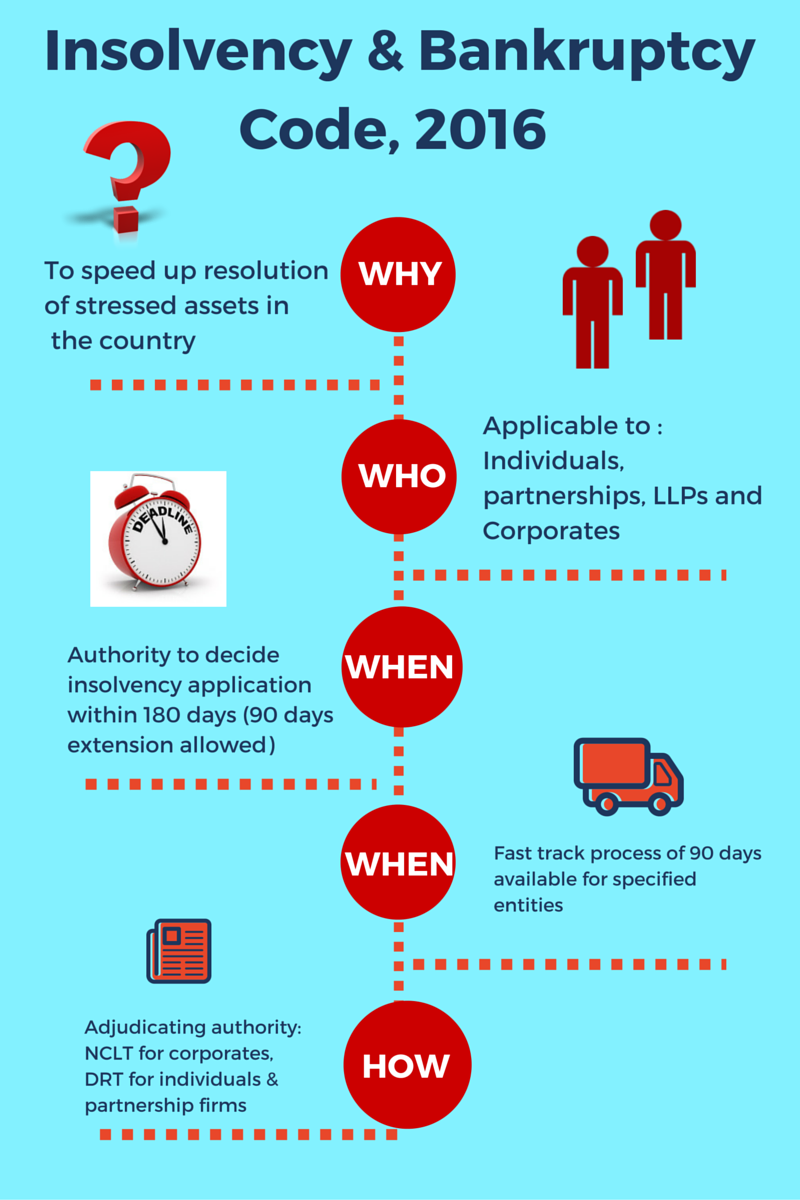Such a process would be carried out under the largely untested Insolvency and Bankruptcy Code enacted in 2016.

Outlined below are the steps lenders must now take in a process that could take six months to nine months

** Any creditor, including banks, can start bankruptcy proceedings against defaulters by filing a motion with the National Company Law Tribunal (NCLT), a court that deals with corporate cases.
** Once filed, an insolvency professional with substantial powers is appointed to take control of the process and supervises the defaulting company.
** A creditors` committee is formed to represent the interest of lenders and others that have been affected.
** The committee must agree on a binding resolution plan, which may include selling off the defaulted loans to third parties and haircuts for lenders, or recommend to liquidate the company outright. In both cases, it would require the approval of 75 percent of creditors on the committee.
** If the resolution plan is not accepted by the NCLT, or if no plan is formed within 180 days, the defaulter goes into liquidation. A one-time 90-day extension can be given to the committee to come up with a plan under some circumstances.
** Banks would likely have to provision for restructured or liquidated loans, but the RBI is due to announce new provisioning rules for cases under the bankruptcy code
No comments:
Post a Comment